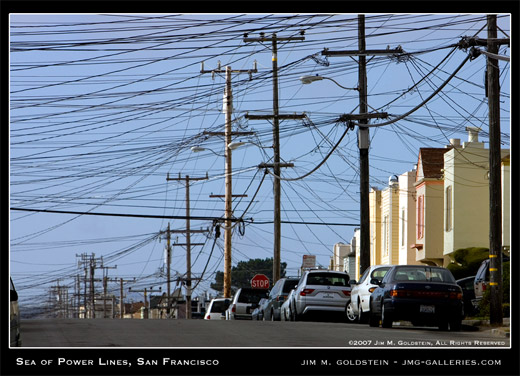Readers of Conservation Value Notes know that I'm an enthusiast of Better Place electric vehicle battery systems. Running low on charge? Instead of having to plug in my electric vehicle (EV) for hours to recharge, I can simply pull into a battery swap station. In minutes, I'm driving out with a fully-charged battery!
I can envision how battery swapping capability might offer ways around the range limitation of electric vehicles, a key factor holding back peoples' trust in them as everyday cars. Let's say I need to drive to Tahoe for a ski weekend in my Better Place-powered EV. If my limited-range spare battery (which I keep in the trunk) is not enough to get me there, I simply rent an extra battery or two (and maybe a portable overnight charger), and I'm good to go! There's another a business opportunity (and an entire service sector) that could come out of the EV industry -- in the emerging paradigm detailed in Lisa Ganskey's The Mesh.
Even better? How about if my house is powered by a solar electric system and Better Place offers a home back-up power supply in which the batteries are compatible with my EV? They can therefore double as extra batteries for road trips! Heading out of town for a camping trip in a wilderness up near Mt. Shasta? I simply pull one or two of the batteries out of my Better Place-compatible home back-up power supply and toss them in the trunk.
Granted, I have no idea how near or far Better Place actually might be from this vision. I'm just pondering the possibilities of swappable EV battery technology.
What do you think -- which battery system is going to win in the emerging world of electric vehicles?





















